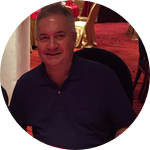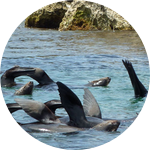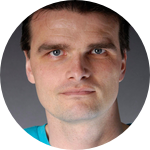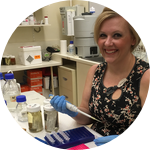About This Project
In the global quest for new pharmaceuticals, marine sponges are hot targets, mostly because they house massive and diverse communities of bacteria. Identifying bacteria, their host sponges, and the compounds resulting from their interactions, is an intensive process, but it is key to drug biodiscovery. We will use next-gen sequencing technology to see if the bacterial communities in sponges on the Great Barrier Reef are unique to individual species of sponges.
Ask the Scientists
Join The DiscussionWhat is the context of this research?
Zooxanthellae are pretty famous for single-celled critters. They live inside coral polyps, quietly turning water, CO2 and sunlight into food through the magic of photosynthesis. In the story of symbiosis-in-the-sea, zooxanthellae+corals takes top billing. But the reality is that sponges could fill the rest of the book, with chapter after chapter devoted to the complex interactions between sponges and the bacteria that live inside them. Scientists are only beginning to scratch the surface of the diversity of microbes that live within sponges, creating food for themselves and their hosts. Many of these bacteria are photosynthetic, just like zooxanthellae, using carbon to make food, but others use sulphur and nitrogen, making them important nutrient cyclers in marine ecosystems.
What is the significance of this project?
Bacteria live with sponges in a relationship called "symbiosis". Scientists know, from looking at other systems, that symbiotic relationships can be very specific (think lice: you can't give your dog head-lice, because only humans get head-lice, and even then, only on their heads). Although it is an emerging field of research, scientists are finding more and more instances where certain species of bacteria are only found in certain species of sponges, and, the interactions between them produce certain chemical compounds. Many of these compounds have potential as new drugs, like antibiotics and tumour-suppressors. We need more research to tell us what bacteria are present in sponges, and, if these communities (and the compounds produced) are unique to each species of sponge.
What are the goals of the project?
The goal for this project is clearly defined and very achievable: assess the bacterial diversity of 250 sponges. I can start immediately on the work. I have already extracted high quality DNA from over 200 sponge specimens. These purified extracts contain DNA from both sponge and microbial sources. I will extract more DNA from additional sponge specimens and, after I have completed analysis of the sponge DNA, the extracts will be shipped to a next-gen sequencing facility to have the microbial DNA examined. I have completed a pilot study of 12 samples and each sequencing run produced about 30,000 bacterial sequences representing 3,000 unique species. I will then compare the sequencing results from each sample to look for bacteria uniquely associated with individual sponge species.
Budget
I am currently sequencing the DNA of 250 sponges to look at how they are related to each other as part of a project funded by the Australian Biological Resources Study (ABRS). DNA research is very costly, and I want to extend the "bang-for-buck" by using our existing sponge DNA extracts for bacterial community analysis. This will make maximum use of the specimens we have in our collection: no new animals need to be killed, and no new destructive tissue sampling needs to be done. Next-gen sequencing is still relatively new technology, and although prices are falling, it remains expensive, which is why we are seeking additional funding to complete this cutting-edge study. I will generate >30,000 microbial sequences for each sponge, and since I am looking at examining about 250 sponges, this means >7,500,000 sequences! Analysing this much data will be labour-intensive and intellectually demanding. Salary is kindly requested to pay for expert analysis.
Endorsed by
 Project Timeline
Project Timeline
Over the next 6 months I will complete the DNA extractions from all sponges and complete the analysis of the sponge DNA.
Samples will be shipped out periodically over that period.
Next-gen sequencing results typically take 6-8 weeks to return from the sequencing facility and should come in regularly over the next 6-9 months.
The big analysis would then commence. I would expect this final analysis to be completed within a year from commencement of the project.
Jul 03, 2017
Project Launched
Aug 31, 2017
Extract DNA from another 50 sponges
Sep 30, 2017
Sequence sponge DNA
Nov 30, 2017
Analyse sponge DNA sequences
Jan 31, 2018
Collate all bacterial sequences
Meet the Team
Dr Kathryn Hall
Hello and thank you for stopping to read my profile!
Additional Information
The project will be completed at the Queensland Museum, in Brisbane, Australia. The museum holds more than 30,000 sponges in its marine invertebrate collection and also has the facilities for carrying out the DNA extractions needed. I have worked at the Queensland Museum since 2008, researching DNA barcoding of sponges. This project aims to extend the barcoding work by looking into sponges to see if individual species have their own unique communities of bacteria.
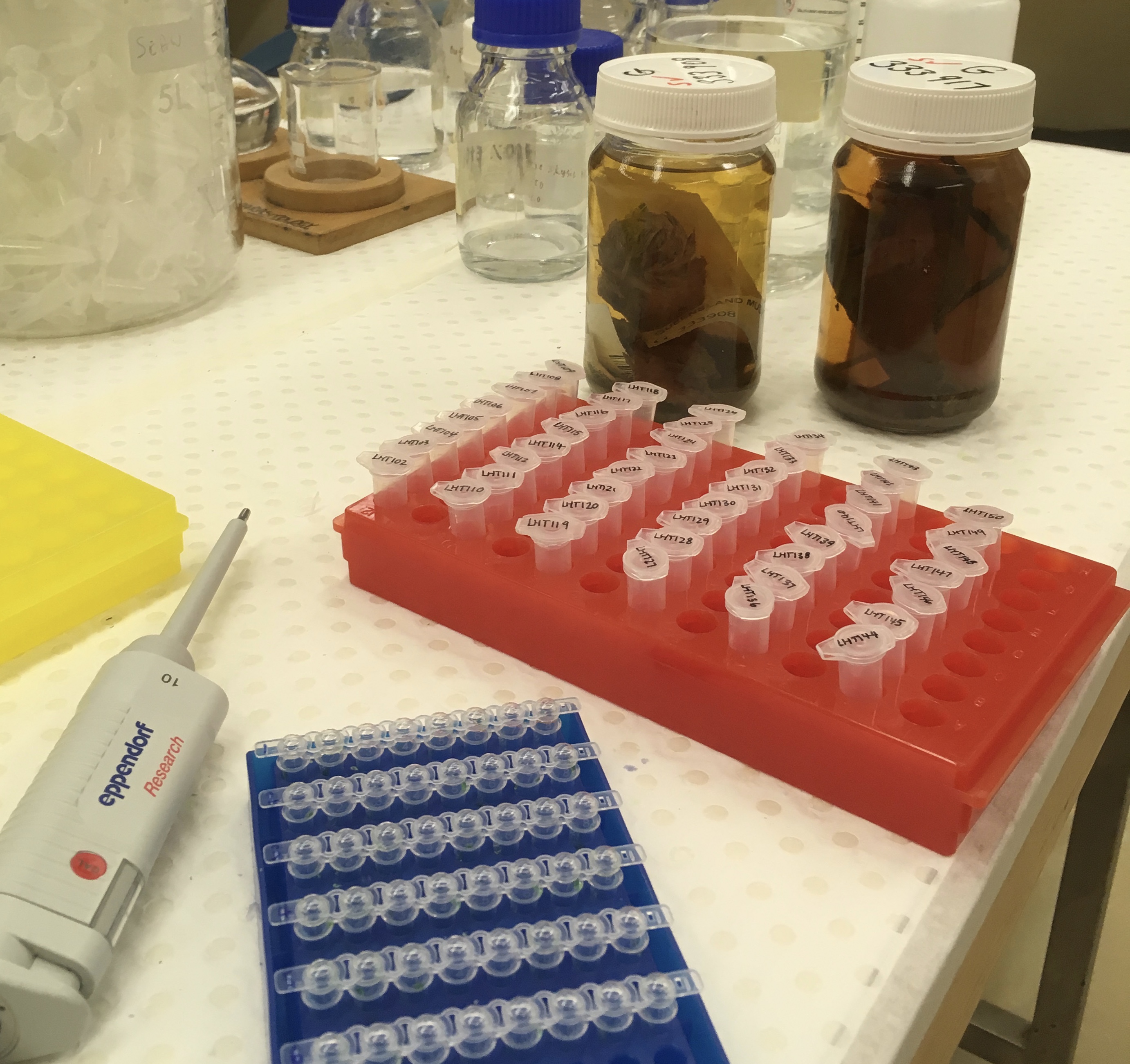
Project Backers
- 15Backers
- 9%Funded
- $2,092Total Donations
- $139.47Average Donation
